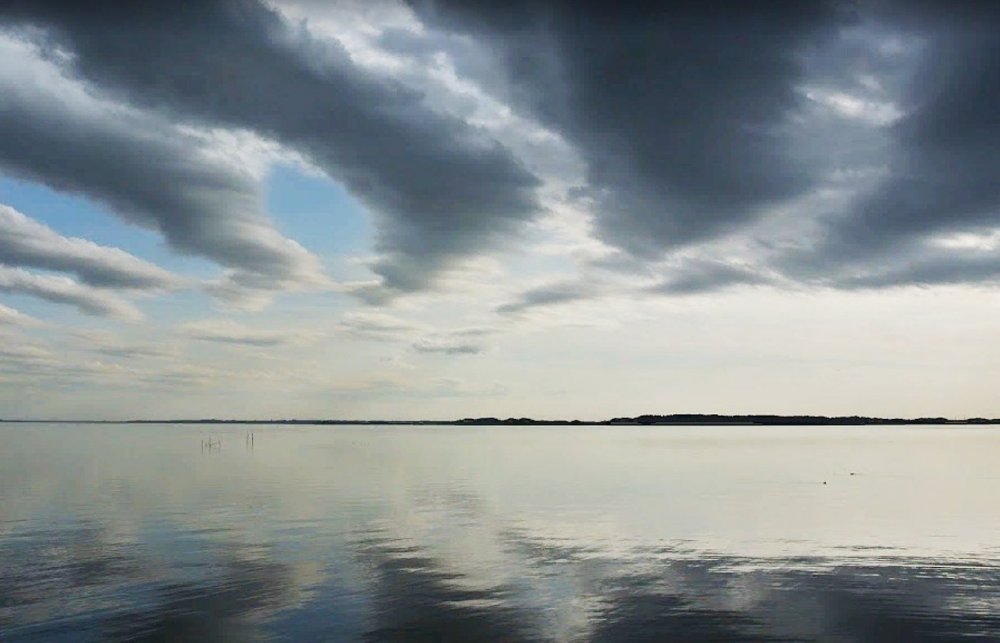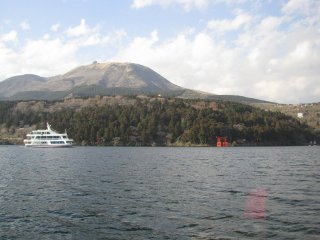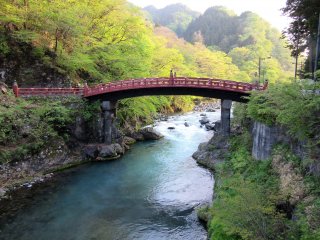Lakes, rivers and waterfalls are picturesque places that the Japanese like to visit in different seasons. Many of them are also available for overseas travelers.
Lakes
1. Lake Biwa is the largest in Japan, located in the Kansai region, Shiga Prefecture not far from Kyoto. The lake is about 63km long and 23km wide. Its total size is about 670 sq. km with a maximum depth of 103m. The lake is a freshwater one with some 200 mountain rivers flowing into it and is a source of drinking water for residents of Kyoto and the cities located around the lake. Lake Biwa is also one of the ten most ancient lakes in the world and is thought to be about 4 million years old. Prior to the Edo period, the lake was named Omi with even the famous poet Matsuo Basho calling it Omi in his poem.
2. Lake Kasumidaura is the second largest in Japan and is located in the Kanto region, Ibaraki Prefecture. Located near the coast of the Pacific Ocean, it is often called a bay, but Kasumigaura is a freshwater lake into which rivers like the Sakura and Koise flow. The lake area is about 220 sq. km with a maximum depth is 7m. The current lake was formed as a result of the collapse of the larger Lake Nagareumi about 2000 years ago. Other parts of the former lake are lakes Kitaura and Sotonasakura.
3. Lake Saroma is a salty lagoon lake located in the northern part of Hokkaido Island, Abashiri Prefecture. The lake is about 152 sq. km with a maximum depth of about 20m. Saroma is Hokkaido's largest lake and is separated from the Sea of Okhotsk by a strip of sand fencing 25km long. Scallops and oysters are bred in the lake and are considered the best in Japan.
4. Lake Inawashiro is located in the Tohoku region, Fukushima Prefecture. At an altitude of 514m above sea level, with an area of 104 sq. km, the lake has a maximum depth of about 94m. The lake's water is acidic and very clear. Perhaps for this reason it is called the 'Heavenly Mirror Lake'. During the Jomon period (13,000-3,000 BC), the water level was significantly lower. The lake also feature swans migrating from Siberia until spring.
Rivers

Most of Japan's rivers originate in the mountains. These places are quite picturesque, making for attractive routes for travelers. In Japanese, the suffix 'kawa' or 'gawa' means 'river'.
1. Shinano-gawa, at 367km, is the main and longest river on Honshu Island. Its source is the confluence of the Shikumi-gawa and Chikuma-gawa rivers. The river flows into the Sea of Japan near the city of Niigata.
2. Tone-gawa is Japan's second longest at a length of 322km. Originating in the mountains of Echigo, at the top of Mt. Minakami, the river crosses the entire island of Honshu and flows into the Pacific Ocean in the east of the country. At the source of the Tone is Minakami onsen, a popular resort.
Other famous rivers of Honshu include Sai-gawa, Narai-gawa, Yomase-gawa, Kiso-gawa, and Yokoku-gawa while on the island of Hokkaido, the Ishikari-gawa is the longest at 268km.
Waterfalls

There are a great number of waterfalls in Japan. The suffix 'taki' in a waterfall's name means 'waterfall'.
1. Hanno-taki, at 487m, is the highest seasonal waterfall in Japan, flowing only between April-July. Its immediate twin is Shomyo-daki, with four levels totaling 350m and taking second place. Its name resembles the shomyo sound of Buddhist chanting. Both waterfalls - on maps they are designated as Shomyo Falls - are located in Toyama Prefecture.
2. Hagoromo-no-taki is the third highest waterfall in Japan at 270m, found in Hokkaido and is made up of seven levels.
3. Nachi-no-taki in Wakayama Prefecture is 133m and broad at 13m while Kegon-no-taki at 120m, is located in Nikko National Park, Tochigi Prefecture. Observation decks are built around it, allowing an amazing view of the powerful streams.
Other famous waterfalls include Akiu Otaki in Miyagi, Fukuroda-no-taki in Ibaraki, Shiraito-no-taki in Nagano, and Nunobiki-no-taki in Kobe.
































































